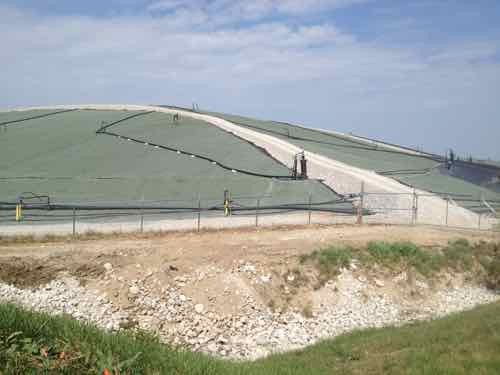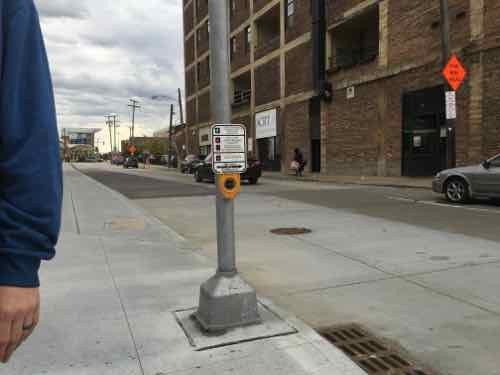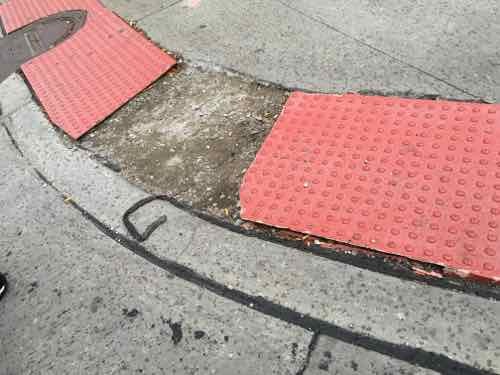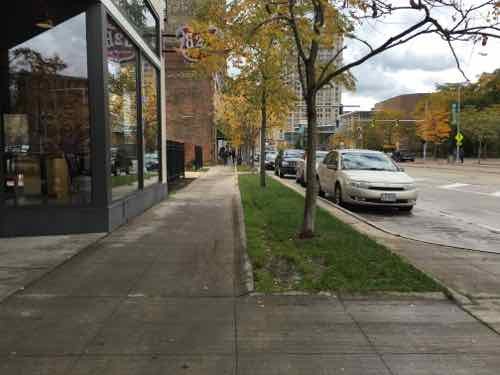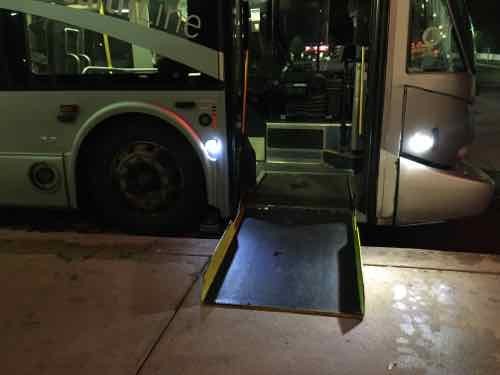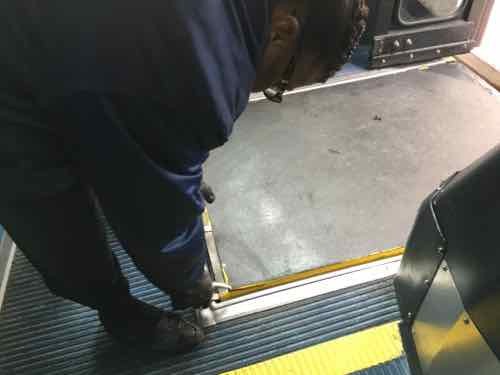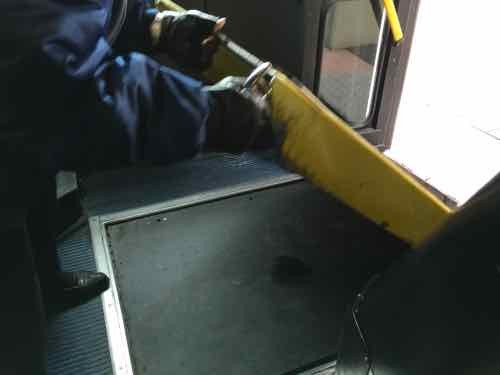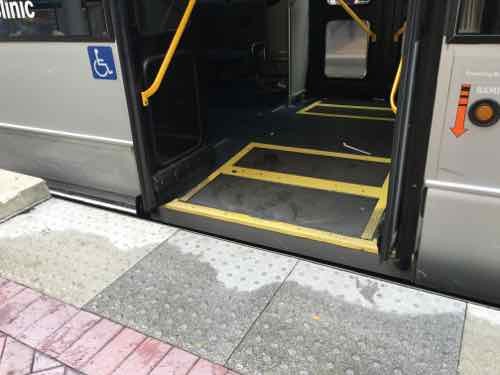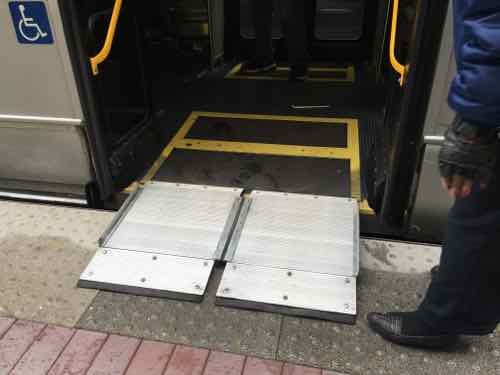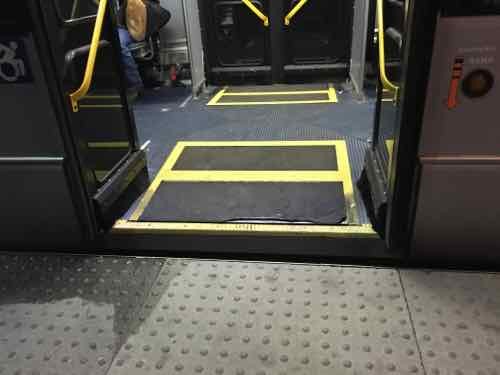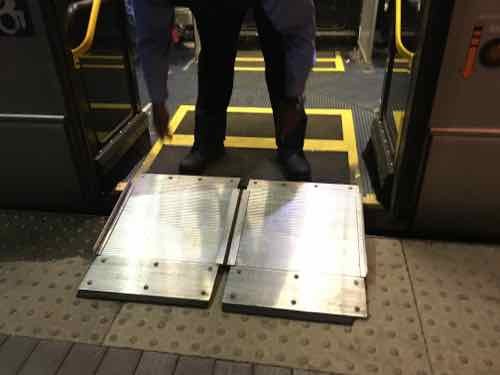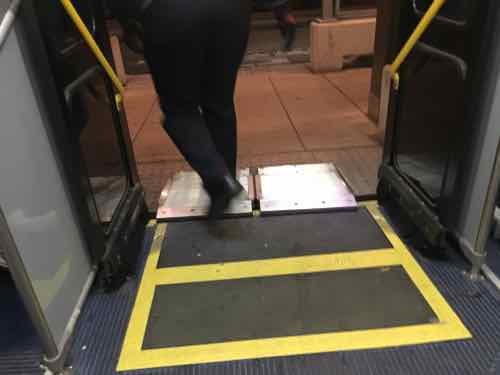An Urban Home Depot
The following post first appeared on UrbanReview | CHICAGO
—
Big box retailers long had a standard formula: cheap building surrounded by acres of surface parking. More than a decade ago they began to experiment with new designs as they entered urban locations where land prices & population density meant acres of surface parking wasn’t possible. I recall seeing the Home Depot on N. Halsted under construction — I just can’t recall when. I do know it was open by March 2005:
The company has eight stores in the city, including a unique two-story, storefront-style location at 2665 N. Halsted St.
Like Target, Home Depot knows the value of a flexible footprint. That gives it more options in working its way closer to the urbanite customers it craves. The Halsted store doesn’t sell much lumber; it focuses on the tools and interior design products that North Side condo owners shop for.
A lot of city neighborhoods fit Home Depot’s demographic, which is neither wealthy nor poor. The main thing: plenty of homeowners. “Home Depot is looking for bungalow city,” says Mr. Kirsch of Baum Realty. (Crain’s Chicago Business)
Though I’d been past it numerous times since it opened, I never went inside. Last month my husband and I needed something from a hardware store. He called a couple of local places near the Streeterville condo where we stay while in Chicago but they didn’t have what we needed. Looking at transit to the various locations we decided the N. Halsted location would be the easiest.






The question is how do we get urban retail to take more urban form in areas where land isn’t so expensive? Can a city, like St. Louis, through zoning or incentives, create an atmosphere where retailers are willing to invest in more expensive buildings with structured parking?
— Steve Patterson
